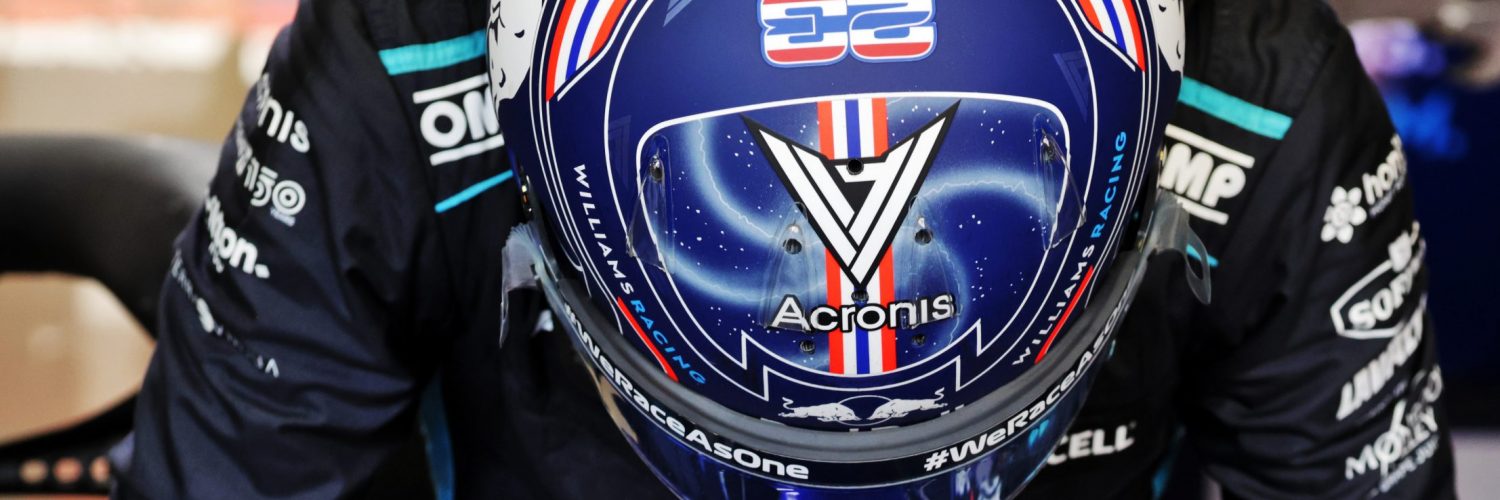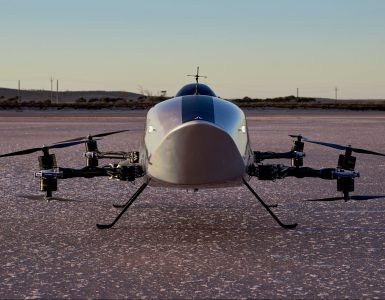Formula One drivers are now universally recognised as amongst the fittest athletes on the planet.
In days gone by, ‘athlete’ is not necessarily a term that could have been applied to all drivers of yesteryear!
But in piloting the modern-day machines, there is a huge amount of effort needed to drive an F1 car for nearly two hours, with the driver being subjected to forces of over 5g and repeatedly applying over 100kg of pressure into the brake pedal.
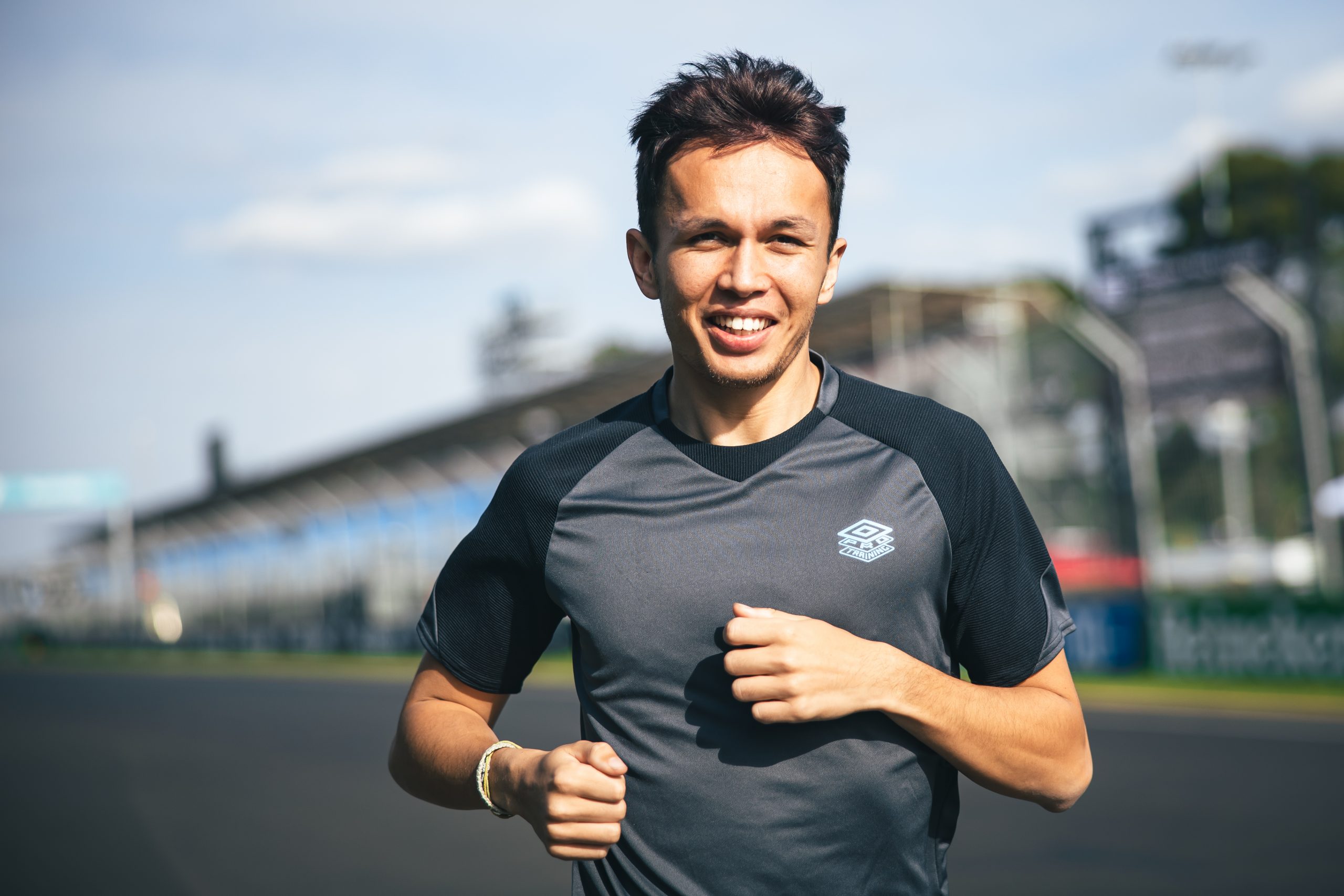
Australian Grand Prix, Wednesday 6th April 2022. Albert Park, Melbourne, Australia.
To cope with the conditions at what is perennially one of the longest races on the calendar, both the car and driver must be well prepared beforehand, as well as adapting to the change in timelines that means they are eating breakfast at lunchtime.
So then, what are the major factors that the modern-day F1 driver must cope with amidst the heat and humidity of Singapore?
Heat Stress
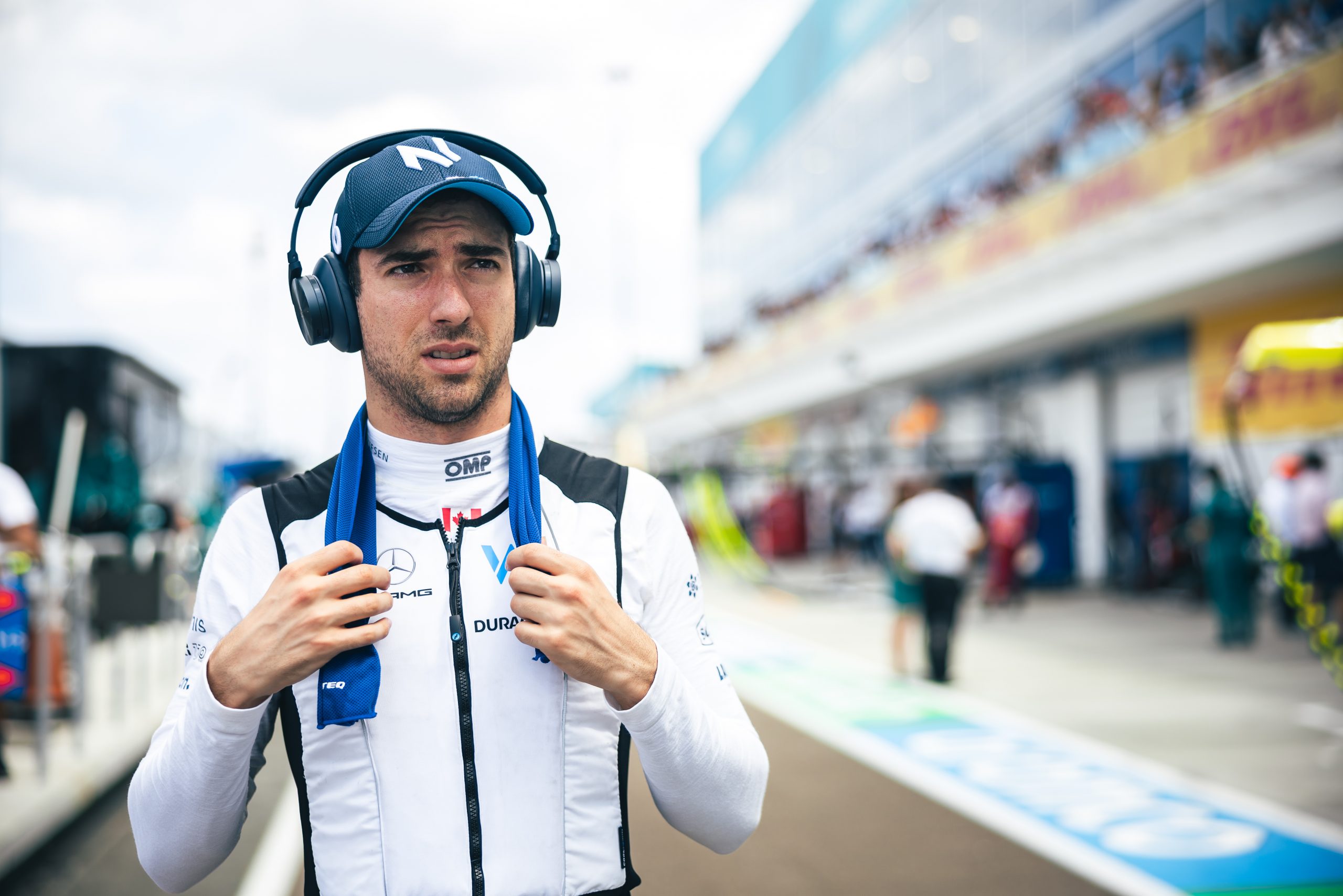
Reducing the effect of the heat on the driver is not simply a case of greater comfort, there are real performance reasons behind this preparation. Heat stress is the main concern, the ambient temperature is 40c and inside the cockpit the mercury rises to 50c and at over 70% humidity.
It’s well known that drivers lose a lot of fluid during any race, but in Singapore they can lose to up to 4kg over the 2 hours of racing!
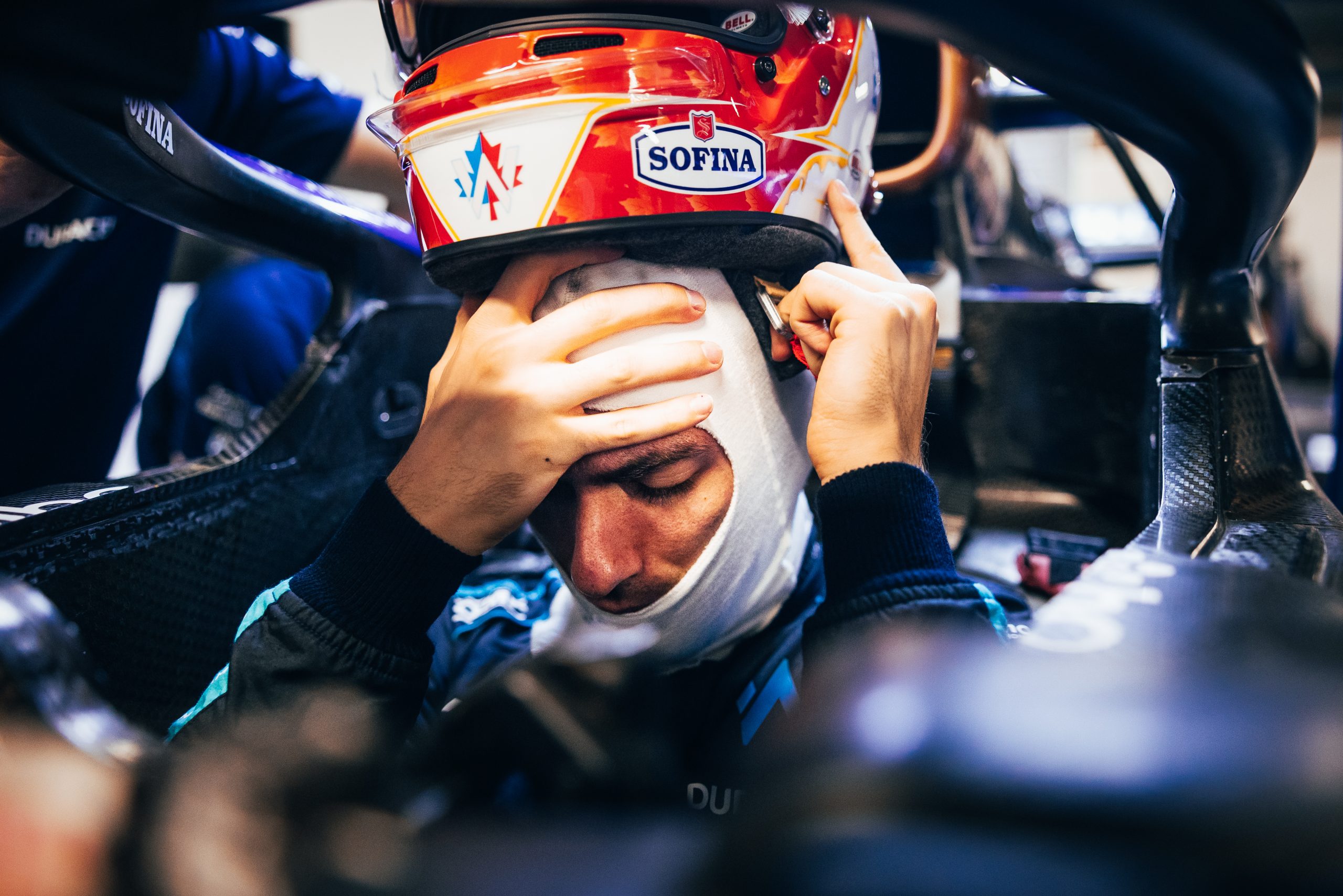
This level of fluid loss goes beyond thirst, the reduced electrolyte level in the body leads to higher heart rates and a raised core temperature. This not only reduces the driver’s physical abilities, but also his mental function.
As the fluid loss increases, these functions are increasingly impaired. At the extreme end this can lead to exhaustion and even fainting. Being able to withstand these conditions is key to a strong driver performance at Marina Bay, so the teams and drivers are already well into their preparations in the days ahead of the race.
Cockpit confines
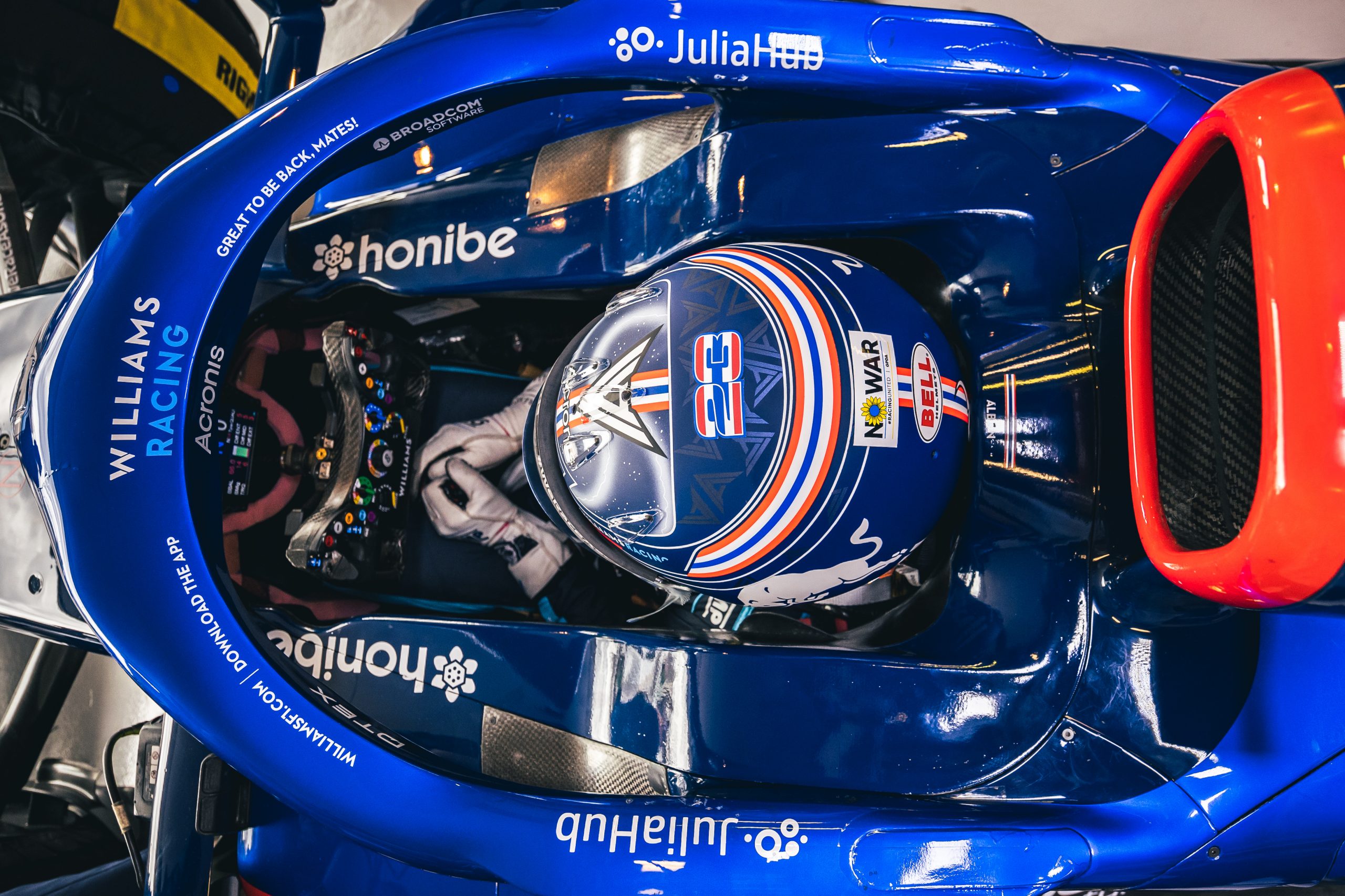
The cockpit is a tightly confined area and well insulated, the carbon honeycomb sandwich construction of the chassis and the thick interior padding keeping the heat contained within the tight space. Not ideal for the driver.
Aside from high ambient temperatures, the cockpit also adds to the heat with several hot items of hardware mounted within. Just ahead of the driver’s feet is the steering rack. This is hydraulically assisted and therefore puts out a lot of heat with the hydraulic fluid, operating at over 120c.
Mounted around the driver’s seat on the floor of the cockpit are many pieces of electronic hardware. This can include the boxes for the F1 TV feed, the FIA safety data recorder, the team’s own data recorder and smaller units like the tyre pressure monitoring ECU. Each of these boxes puts out a great deal of heat, which builds up in the well of the cockpit.
To the side of the driver, albeit outside the monocoque, are the car’s radiators. These can vent hot air into the cockpit through the myriad of holes in the chassis to facilitate cables and pipes to run through the car.
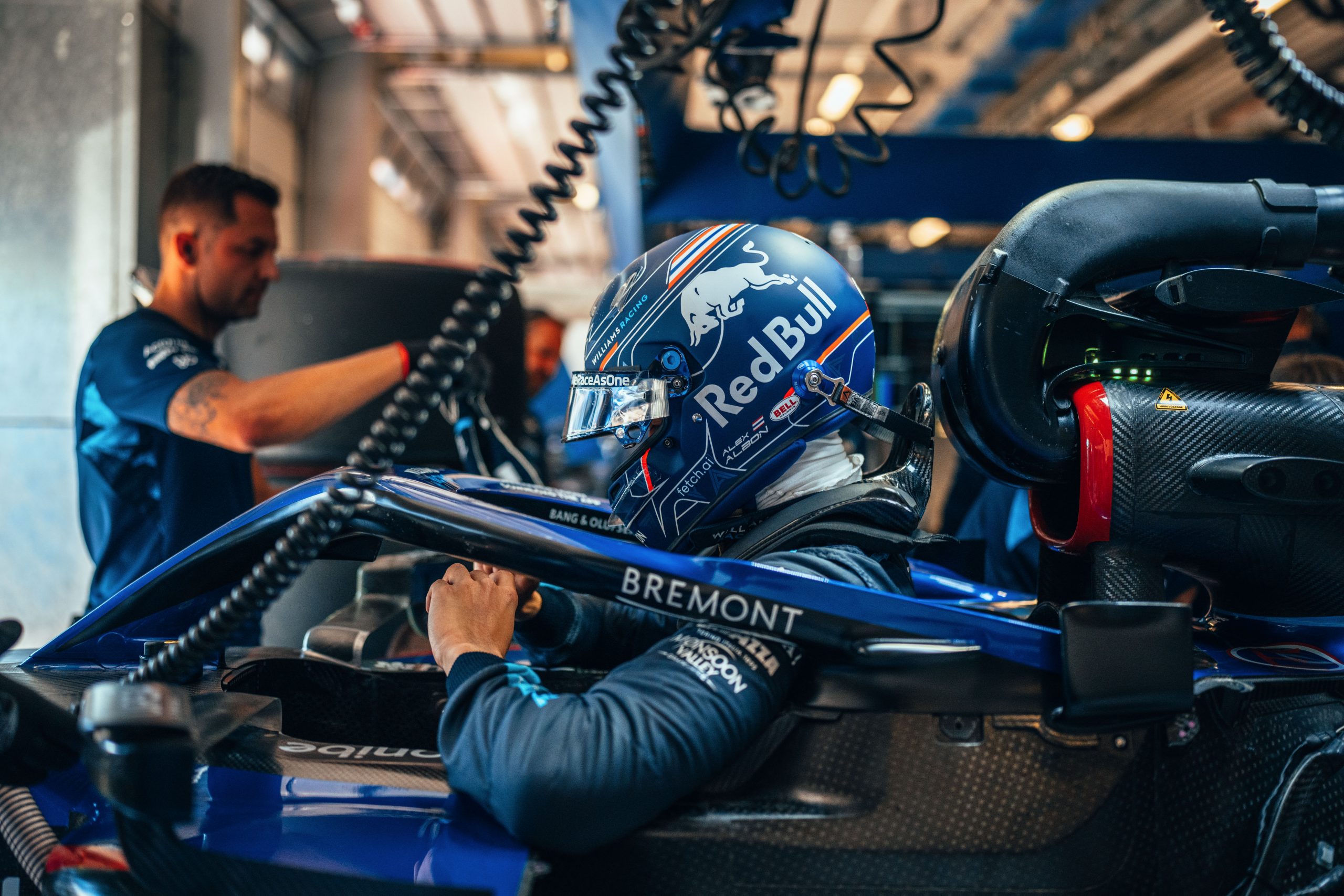
To keep this heat away from the driver, the seat is often covered with heat reflective coatings, either gold film or spray-on silver finishes, while any apertures out to the sidepods are filled with sealant resembling fluorescent pink or green bubble gum!
Although no rules actually demand a maximum cockpit temperature (unlike in the World Endurance Championship), one allowance for driver cooling sits within the technical regulations for a driver cooling inlet mounted in the tip of the nose.
As this could (and has) easily be exploited for aerodynamic gain, the rules mandate a single small inlet at the front of the car. This is capped at a size of just 1500mm², which is about the size of a strip of chewing gum, and provides some cooling relief for the driver, but it is still of limited benefit.
Driver equipment
If the heat and ventilation of the cockpit hasn’t improved much over the years of F1 racing, then one area that has come on leaps and bounds is the driver’s equipment. Both the driver’s suit, helmet and drinks system help massively to alleviate the driver from overheating.
By regulation, the driver has to wear a fire protective suit and underwear. Back in the earlier days of F1, these suits were formed of four layers of fireproof nomex material and a felt-like intermediary layer. This provides protection from fire, but at the cost of over-insulating the driver, leading to heat stress at hotter venues. Not only this, but the suits weigh several kilograms, and this was all part of the racing weight of the car.
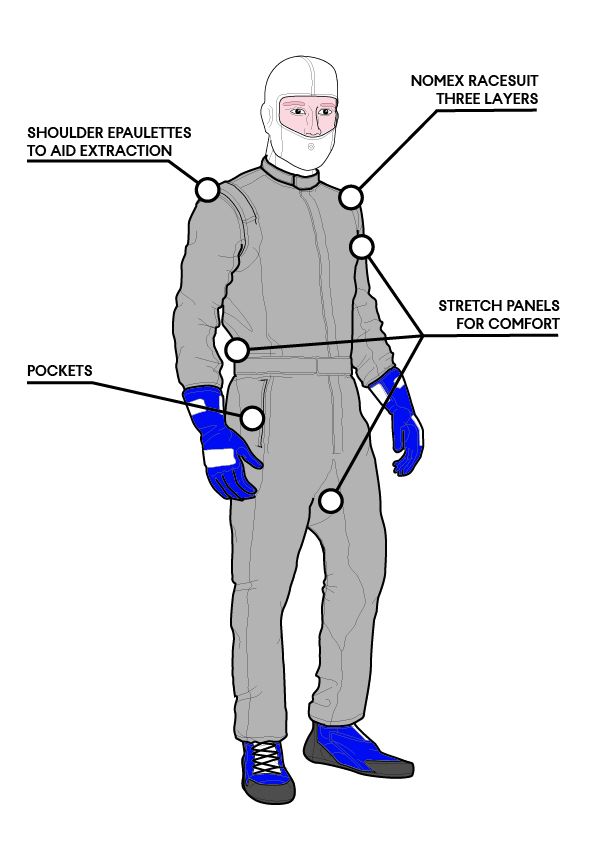
Nowadays, the suits are still multi-layer nomex, but the materials are more efficient at protecting the driver from fire for their weight. Thus, the modern suit is much less bulky and more like a sports track suit that a fireman’s overalls, making life cooler and more comfortable for the driver, whilst reducing weight at the same time.
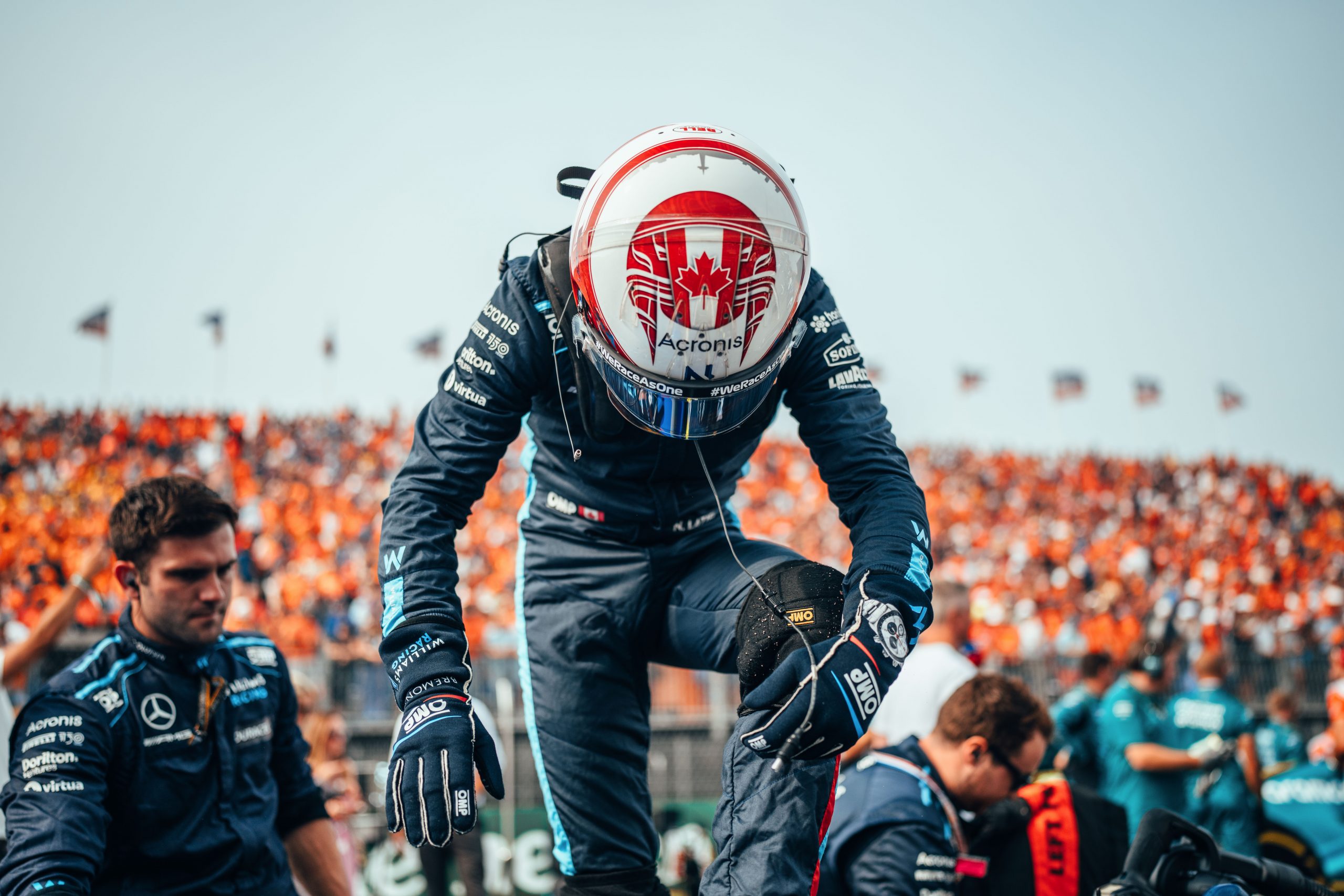
Likewise, with the driver’s crash helmet, these are becoming ever lighter even with the stricter FIA crashworthiness 8860-2018 specification, which serves to lessen the loads imposed on the driver’s head and neck around the track.
But, just as important, the helmets feature sophisticated wind tunnel-proven ventilation systems. A customisable system of plastic inlets and outlets adorn the crown of the helmet and also slots in the chin bar.
These collect cooling air passing over the driver’s helmet and feed it into channels made into the helmet’s foam liner and distribute the air around the driver’s head. So effective are these vents, that at the race’s end the driver’s balaclava can be seen to have dark spots where dirt and brake dust in the air have been deposited onto the nomex material by the vents, showing the path of the cooling air around the driver’s scalp.
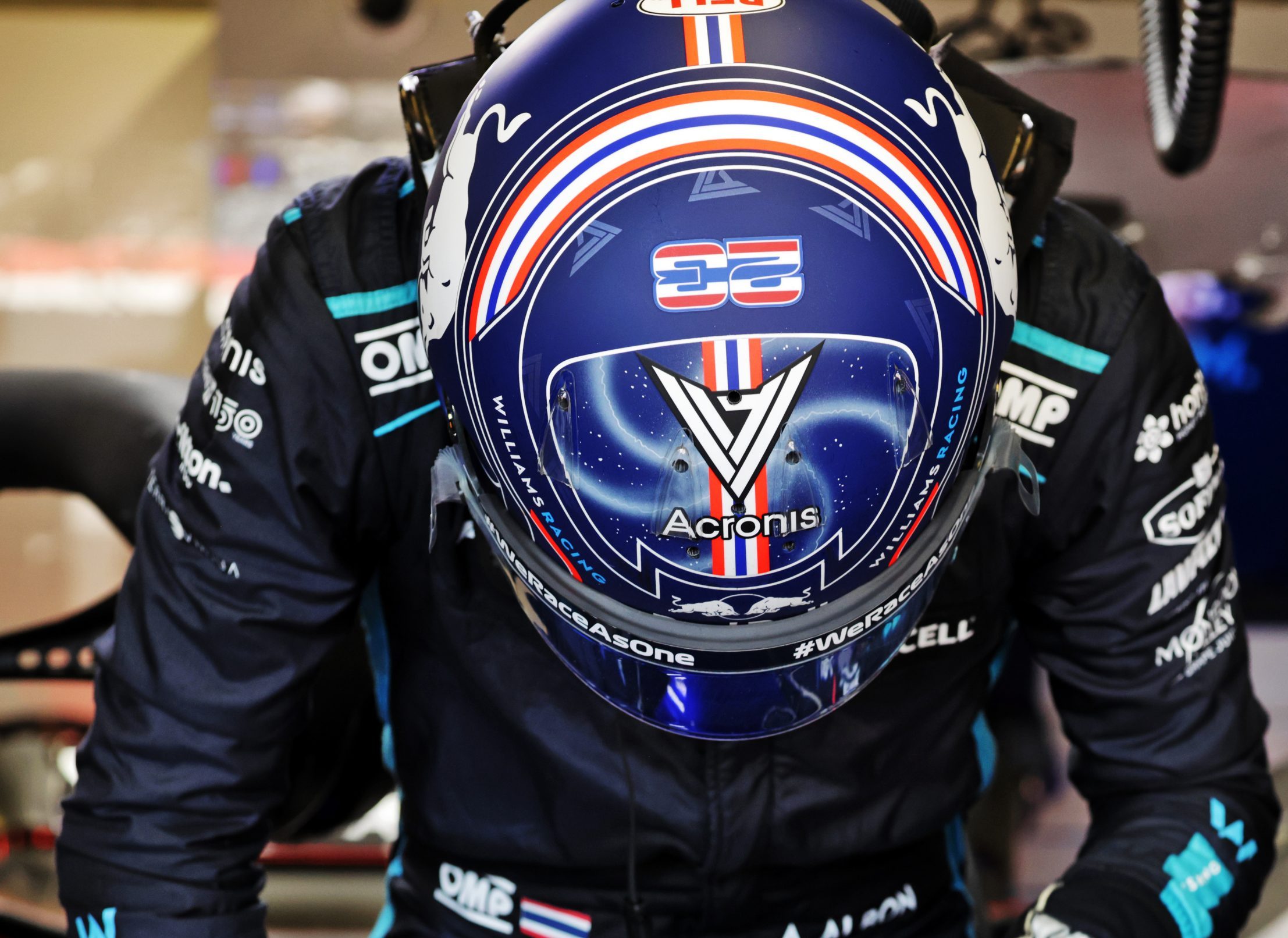
Also, in the cockpit with the driver is the vitally important drinks system. With the 2019 changes to the car and driver weight, all drivers can now afford to run the weight of a drinks system whenever required.
Tucked away deep inside the cockpit, the drinks systems are kept secret by the teams, and although all are different, they are fundamentally a simple set up.
At the most basic, a fluid bag is filled with the driver’s physio’s preferred mix of salts and electrolytes and sucked up by the driver through a one-way valve. More common is a pumped system.
Again, a simple bag carrying around 1 litre of fluid and small pump akin to that used to spray washer fluid onto your windscreen is used to pump the fluid into the driver mouth via tube with a button on the steering wheel used trigger the pump in the system.
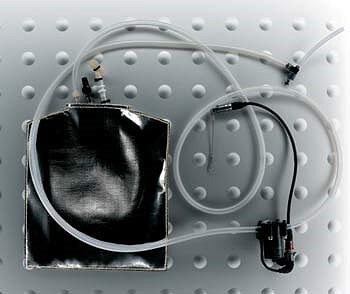
In the past, such systems have been left off the car due to weight, even though the driver’s capacity for absorption is just over 1 litre even in the hottest races, making the system under 1.5kg.
Despite the thought that a cold drink would be refreshing in the heat of the Singapore race, the drink within the bag tank is not chilled and soon warms up in the heat of the cockpit. It has been likened to being similar to drinking warm tea!
Driver preparation
Engineering the car and the driver’s race wear are the job of the team, but there is another facet to preparation for Singapore and that is one of the most complex pieces of equipment – the driver himself!
This is the job of the driver’s physio, and nearly all the drivers have a personal physio or trainer, underlining the athletic endeavour that F1 has become and is as crucial as briefings with the race engineers.
Intense week of training and doing everything possible to get ready for Singapore. Feeling good and looking forward to the weekend, let’s see what it has in store 💪 pic.twitter.com/cgYvG0SHeU
— Alex Albon (@alex_albon) September 28, 2022
As Singapore comes quite late in the season, there isn’t the same level of pre-race training as at those events earlier in the year, as drivers should already be physically acclimatised and at the peak of performance.
But the peculiarities of the night race do have some specific preparations. With the long haul flight and many sponsor commitments, the drivers will depart for Singapore earlier in the week than for a short haul European race.
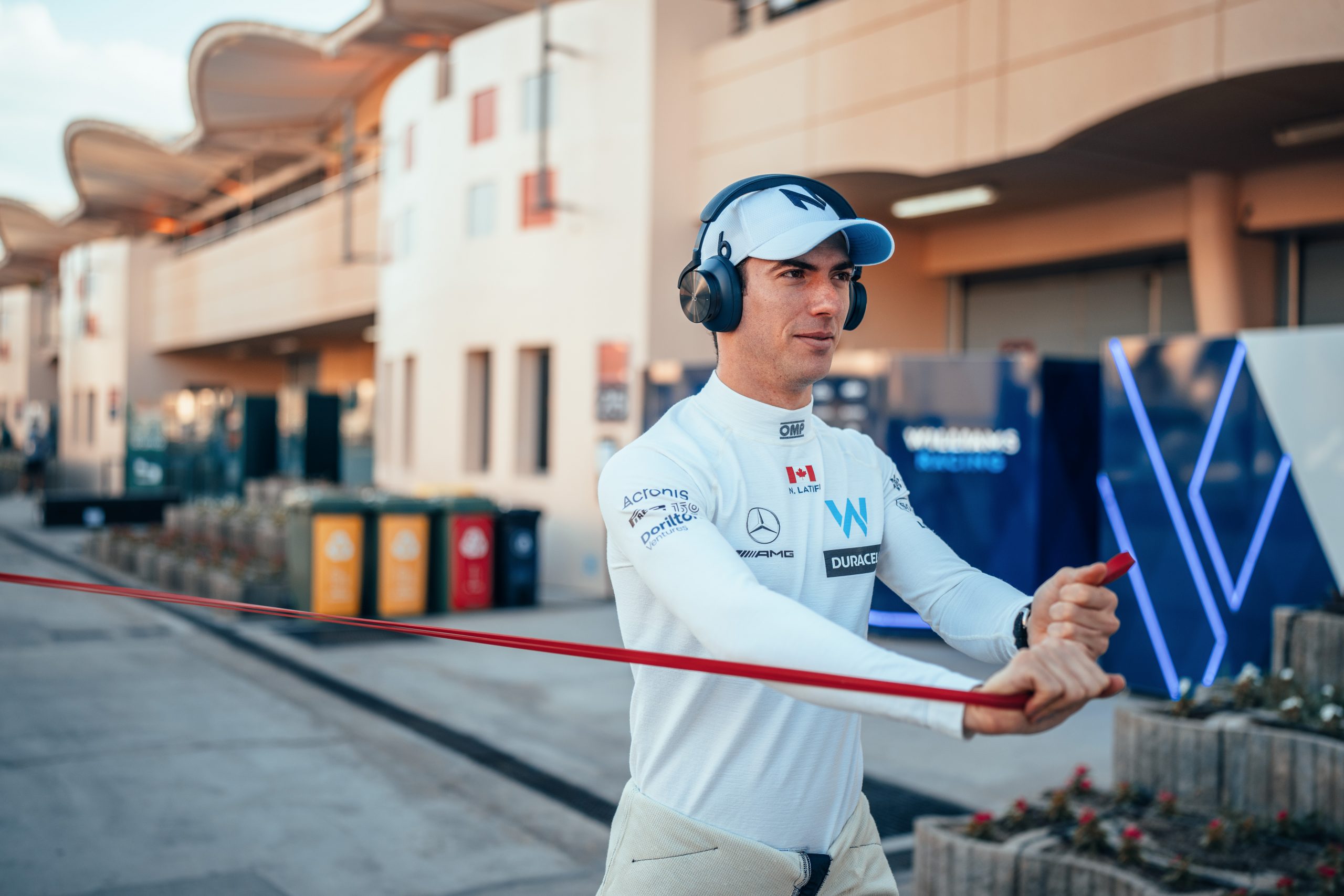
Having arrived, the drivers, as well as the rest of the team’s personnel, will stay on European time rather than adjusting to Singapore time. This means there isn’t the jet lag effect and the race start time will feel like the normal post lunch timing.
Achieving this shift in timing is aided by the team, its hospitality and their hotels, with everything being offset 8 hours from GMT (7 hours CET).
So, drivers will go to bed around 6.00am, and after eight hours sleep, breakfast is served at 2.00pm before transportation to the track. All the media and sponsors commitments are all offset to be late in the day. It’s all perfectly engineered so the drivers arrive at the track at twilight, but with their body clock set to normal.
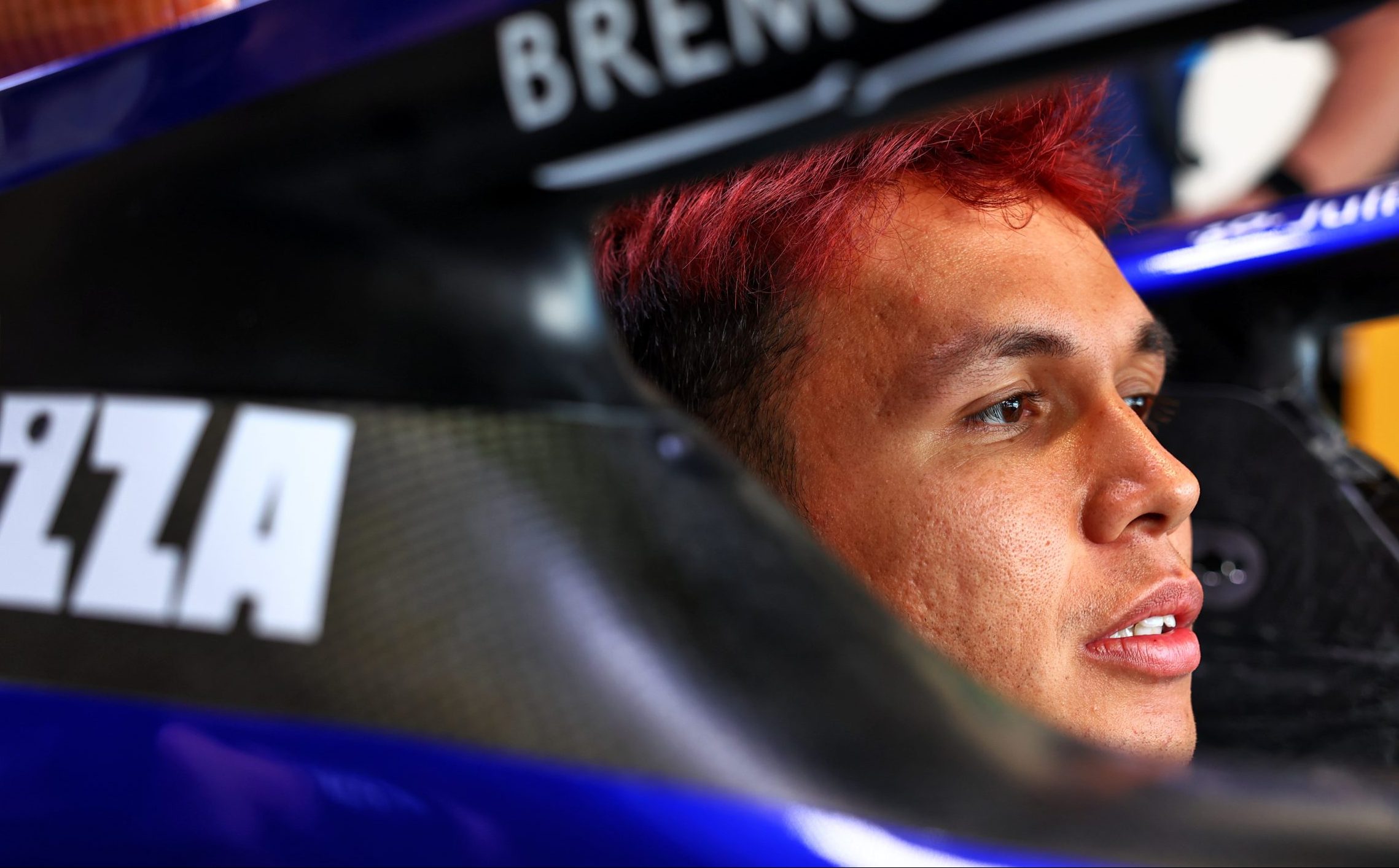
As is quite typical in the build-up to a race weekend, the drivers diet varies, from lighter meals of chicken/fish, eggs, vegetables and salad in the lead up, then more carbohydrates on Saturday in preparation for the race. With their meals, the drivers will often have fruit juice and even tea or coffee.
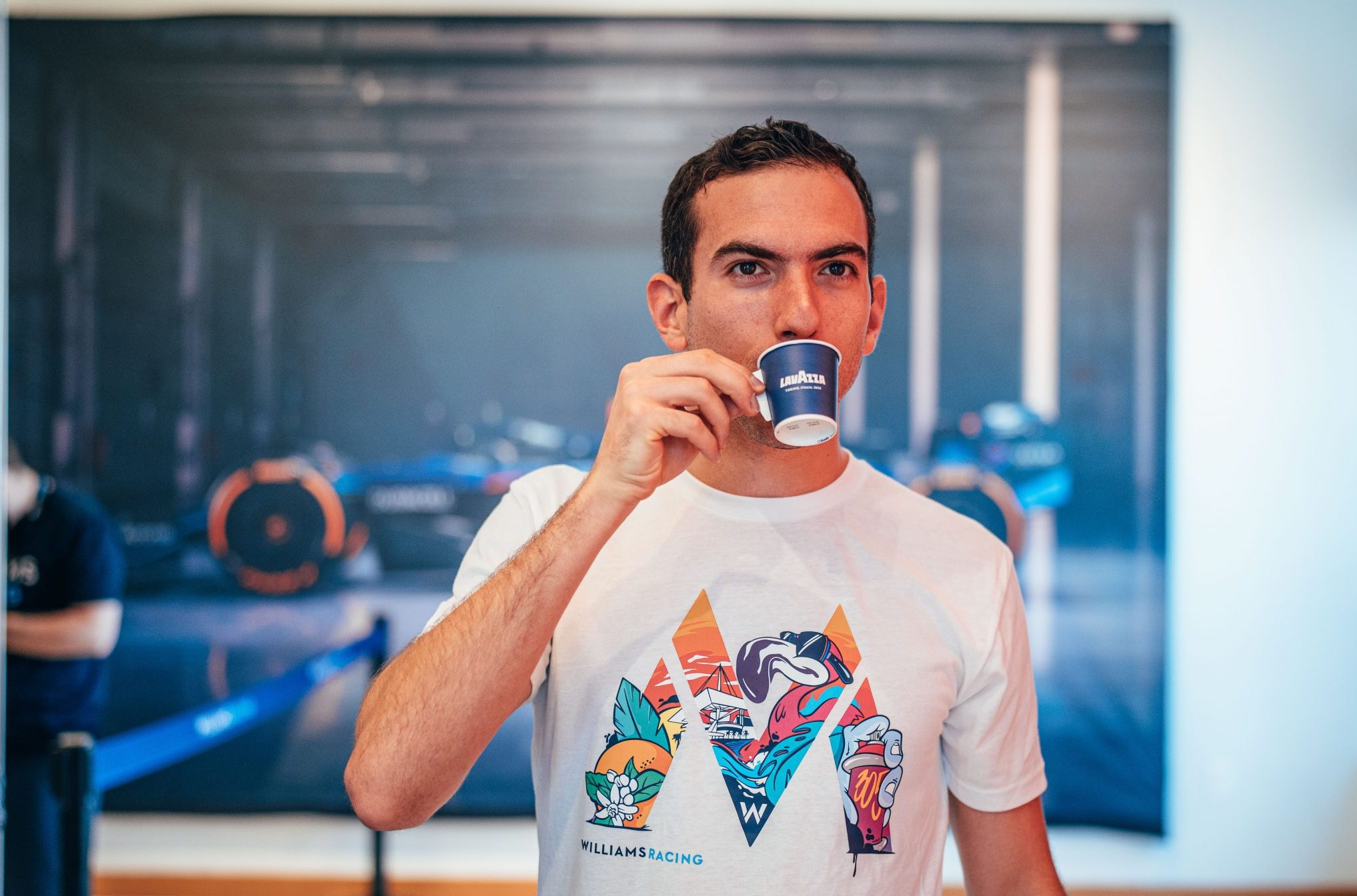
But hydration is key, and a particular focus is given to the race build-up. It’s not unusual for a driver to drink to up to 6 litres of fluid, and this isn’t just water or an off the shelf sports/energy drink.
Each physio will formulate a special drink, tailoring it for different race conditions. The brew contains water and a high-concentration of mineral/electrolyte/Whey Protein and some glucose to improve the absorption. It can also surprisingly contain caffeine to help the nervous system, while its rarer to include carbohydrates as this is provided in driver’s diet.
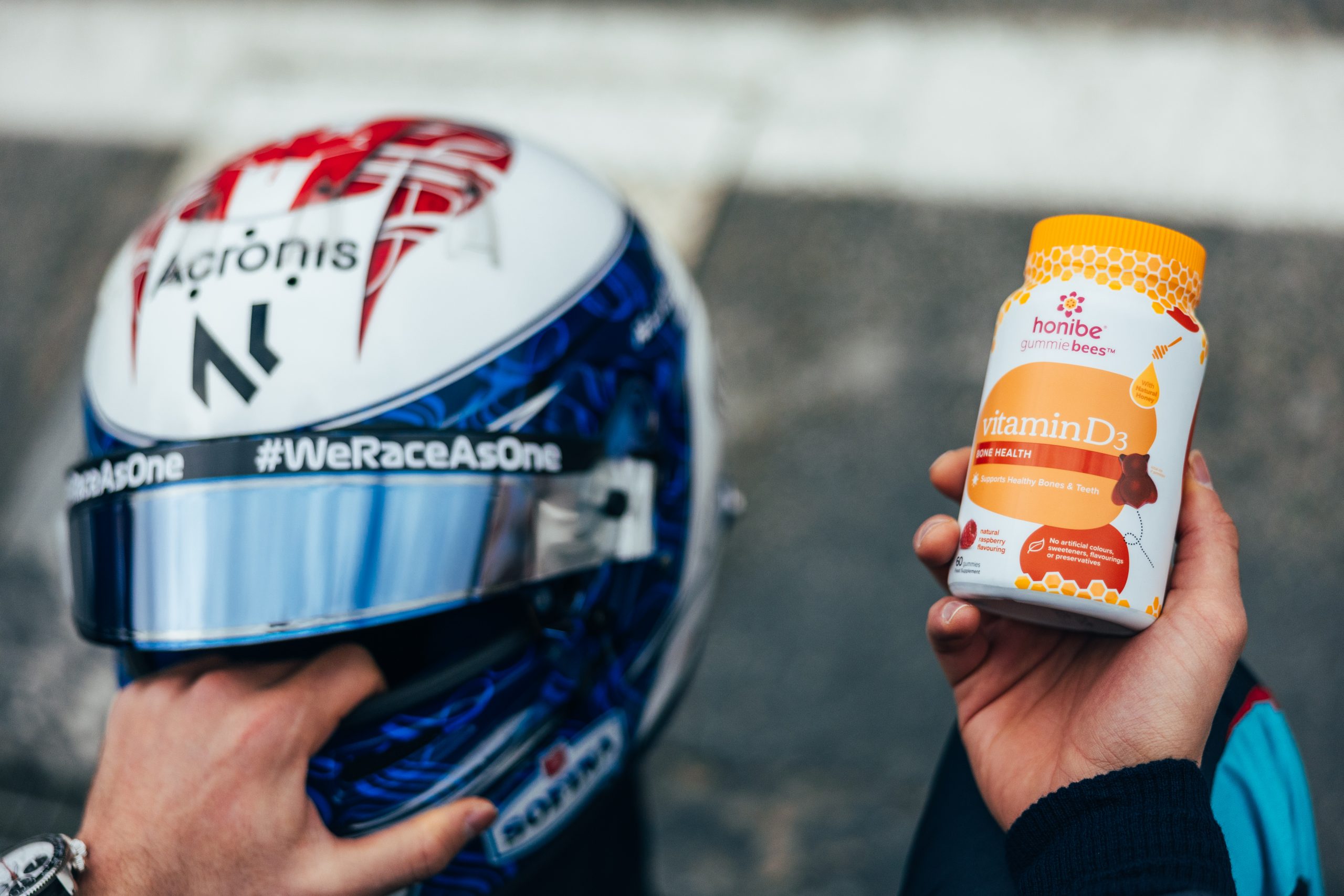
For the race drink, the mix varies. It will be more diluted and there will be less if any protein solids – as this tends to clog up the pump! The caffeine level will also be reduced to reduce any undesirable diuretic effect.
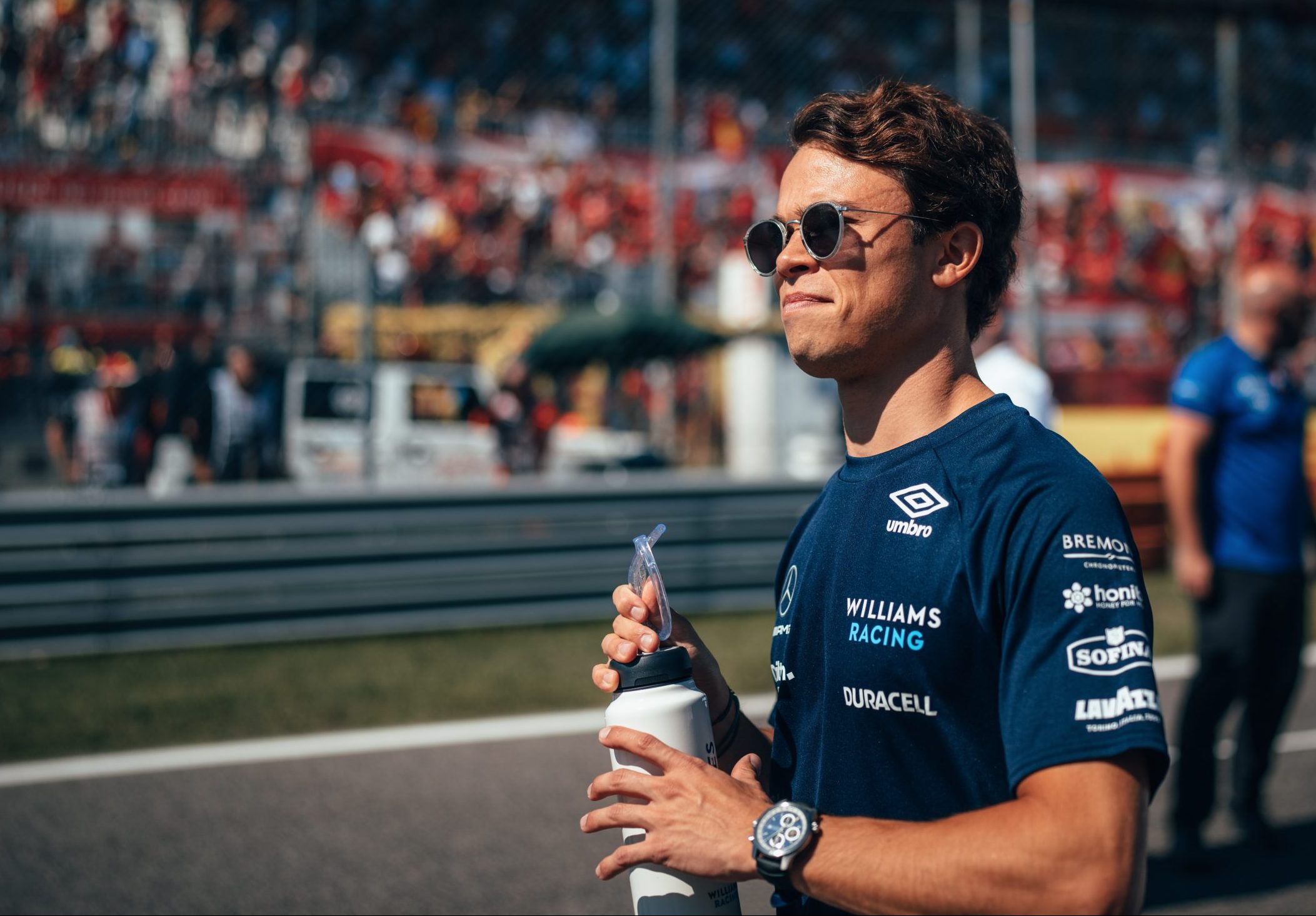
Italian Grand Prix, Sunday 11th September 2022. Monza Italy.
Keeping cool ahead of the race and on the grid is aided by drinks, but also with cold towels or cold vests, which are gel filled and stored in a freezer to be worn in the hour before the race.
Once in the cockpit, the fitness training and preparation will help to stave off heat stress and allow the driver to extract their maximum performance.
It means the vital workings of the human body are just as important as the smooth mechanics of the machine he sits in, when the lights go out to signal two hours of intense racing.
#TeamUp with Acronis
Prominent once again on the nose of the car and on the front wing endplates this season are the team’s official cyber protection partner Acronis. Williams Racing uses Acronis technology to add extra layers of protection to its IT infrastructure, protecting hundreds of servers and endpoint devices.
It's critical that we have access to data wherever we are in the world 🌍
Performance Engineer Andrew Vizard explains how @Acronis help us remain #CyberFit as we travel the globe ✈️ pic.twitter.com/7VA2WmnBRa
— Williams Racing (@WilliamsRacing) April 6, 2022
During the 2021 season and continuing this year, Acronis opened up an exciting #TeamUp Program, giving new and existing service providers the opportunity to support sports partnerships, join the sports ecosystem, attend races and enjoy amazing sports marketing benefits. To find out more, please visit Cyber Protection for global sports – Acronis
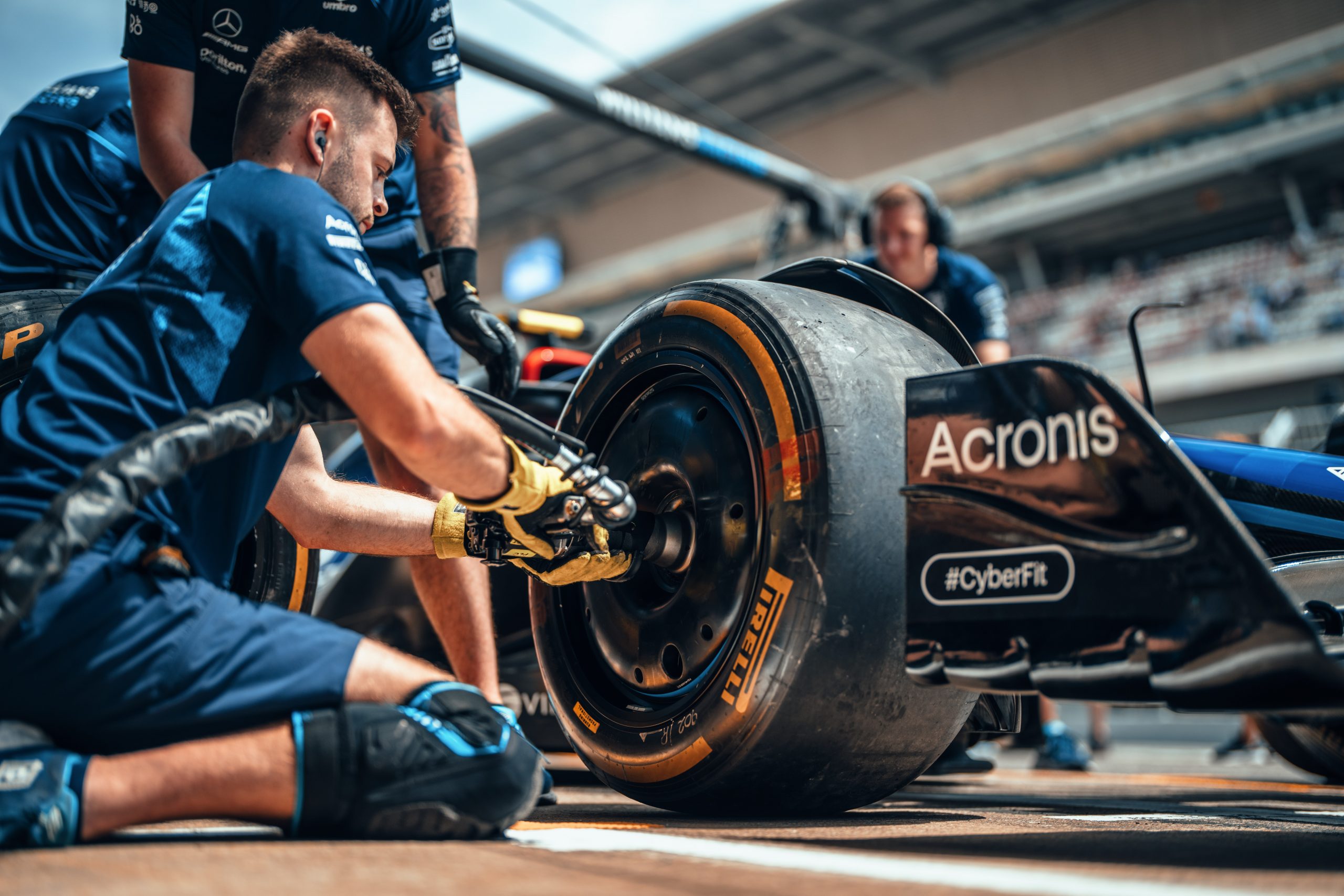
Spanish Grand Prix, Friday 20th May 2022. Barcelona, Spain.

